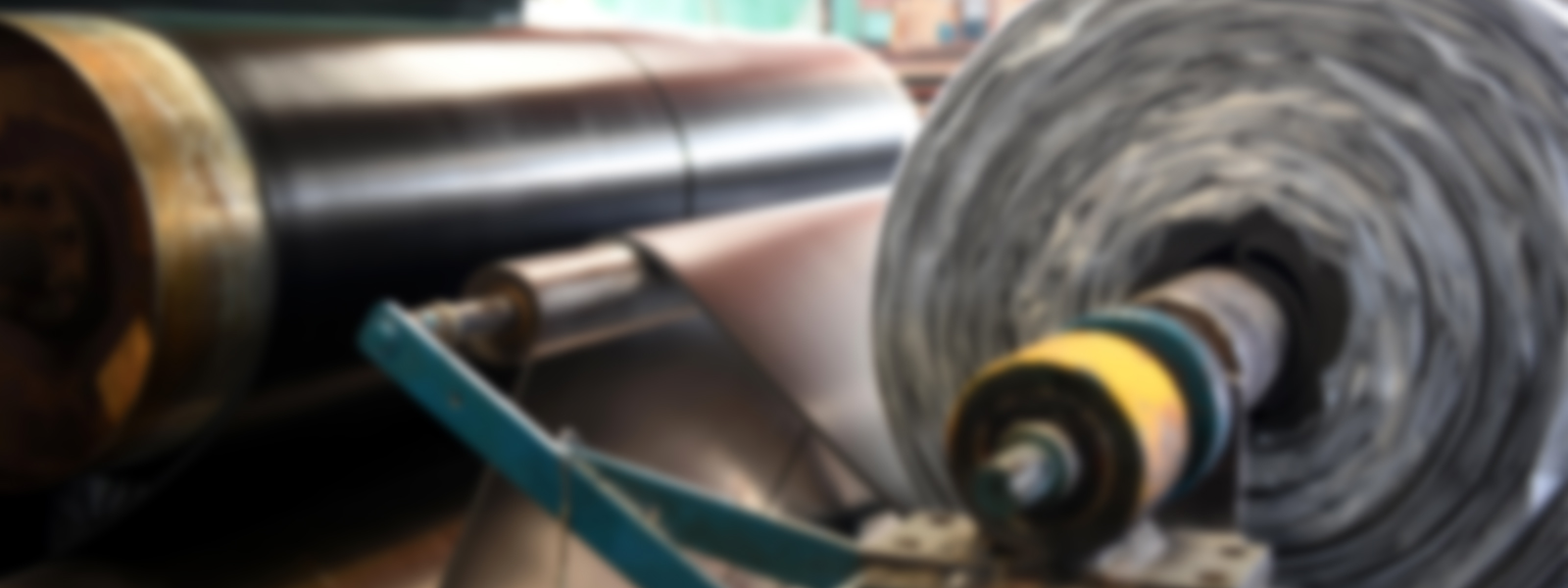When it comes to anything that involves food production, processing, or packaging, you need to use only food-grade rubber sheets. Using the low quality or non-food-grade rubbers, plastics or substances can lead to product contamination, safety issues, and costly regulatory violations.
That’s why food-grade rubber sheets have become such hot commodities across the food and beverage, pharmaceutical, and FDA-regulated manufacturing industries. These specially formulated rubber compounds meet strict guidelines for contact with consumable products.
But with so many rubber varieties out there, how can you be sure you’re using a truly food-safe option?
Is Silicone Rubber Food Grade?
Silicone rubber is one of the most popular food-grade rubber sheet materials available. This synthetic rubber polymer is prized for its superior heat resistance, flexibility, and overall durability.
Silicone rubber that complies with FDA 21 CFR 177.2600 standards is considered safe for use in direct food contact applications. Its non-toxic, non-leaching, and inert properties make it an ideal choice for gaskets, seals, hoses, and other components involved in food and beverage processing.
Some specific silicone rubber products that qualify as food-grade rubber sheets include:
- FDA 21 CFR 177.2600 and NSF/ANSI 51 compliant solid silicone rubber
- FDA 21 CFR 177.1810 and 3-A compliant liquid silicone rubber
- WRAS/NSF certified potable water-grade silicone rubber
Is PVC Rubber Food Grade?
While polyvinyl chloride (PVC) is a very common and inexpensive general-purpose rubber, it does not naturally meet food-grade standards. However, it is possible to produce FDA-compliant PVC rubber compounds by carefully controlling the ingredients and stabilizers used.
PVC food-grade rubber sheets would need to be free of phthalate plasticizers, BPA, lead, and other restricted substances. When properly formulated, PVC can be considered safe for limited food contact applications like conveyor belts or non-food zone equipment parts.
Is NBR Rubber Food Grade?
You may know it better as nitrile rubber or Buna-N. Unfortunately, standard nitrile butadiene rubber (NBR) compounds contain cure agents and additives that are not food-safe. As a result, NBR rubber is generally not considered food-grade by default.
Specialized NBR elastomers can be produced to comply with FDA 21 CFR 177.2600 for dry food contact only. These custom NBR food-grade rubber sheets use only approved curing agents, accelerators, activators and additives to create a truly food-safe nitrile compound.
Finding the Right Food-Grade Rubber Sheet
The “food-grade” certification depends on the specific rubber polymer, ingredients, and formulation process used.
To protect your food products (and your business!), you need to partner with an experienced food-grade rubber manufacturer that specializes in food-grade compounds. They’ll have the chemistry know-how to create custom food-grade rubber sheets tailored to your needs – whether you require FDA, 3-A Sanitary Standards, USP, EU, or other regulatory compliance.
Make sure to request full traceability data too, including raw material certs, formula breakdowns, and accredited third-party test results. This validates that every food-grade rubber sheet meets all regulatory standards for your intended use.
Using verified food-grade rubber gaskets, seals, and other rubber components provides crucial peace of mind. You can operate your production lines with confidence, delivering safe and contamination-free products to your customers every time.

